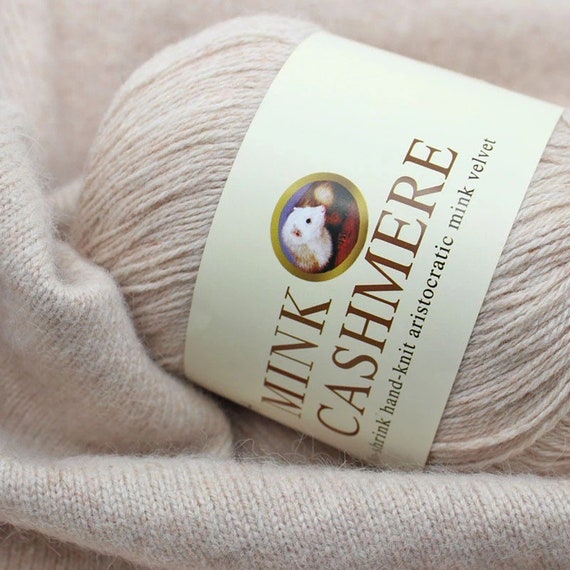Understanding the Distinct Qualities of cashmere fibre for Superior Comfort
Understanding the Distinct Qualities of cashmere fibre for Superior Comfort
Blog Article
Exploring the Different Kinds of Cashmere a Natural Fiber for Ultimate Luxury
Cashmere, an all-natural fiber, is typically associated with luxury and convenience. The more economical Chinese cashmere, the traditional Scottish version, and the high-end Italian mix, all inform a different tale of this amazing fiber.
Understanding the Glamorous Nature of Cashmere
Cashmere, often connected with deluxe and comfort, holds a distinct appeal in the globe of all-natural fibers. This soft, lightweight product is coveted for its phenomenal warmth and exceptional resilience. Unlike other natural fibers, cashmere combines insulation with breathability, supplying unmatched convenience across varying temperature levels. Its glossy coating and soft structure add to its premium appeal, justifying the costs price that often features cashmere garments. Furthermore, cashmere's integral crease resistance and elasticity improve its charm, making it a recommended choice for premium clothing and accessories. Despite its fragile look, cashmere has a shocking durability, able to maintain its form and luxurious feel in time. This one-of-a-kind blend of qualities cements cashmere's placement as an icon of style and extravagance.
Just What Is Cashmere and Where Does It Originate from?

Given these extraordinary high qualities, one might question regarding the beginning and make-up of this elegant fiber. Cashmere is stemmed from the soft undercoat of cashmere goats, mainly found in Mongolia, China, Iran, and Afghanistan - is cashmere a natural fiber. These goats are adjusted to extreme climatic conditions, producing a very fine, soft underfur as a protection versus the bitter cold. This underfur, or undercoat, is what is gathered for cashmere. Each spring, when the goats normally shed their winter months layer, farmers comb out the fine underhair, leaving the coarser hair behind. This precise process contributes to the shortage and high expense of cashmere. With its origin in the extreme landscapes of Asia, cashmere is a testament to nature's capacity to produce high-end from hardship.
Deciphering the Different Sorts Of Cashmere
Recognizing the various types of cashmere is essential to appreciating the quality and unique attributes of this glamorous material. Typically, cashmere is categorized right into 3 kinds: raw, virgin, and reused. Raw cashmere is straight gotten from the goat and is visit this page unrefined. This kind usually includes impurities such as dirt and rugged hair. Virgin cashmere, on the other hand, is the pure, unrecycled product that is spun into thread for the first time. It is the softest and most extravagant. Recycled cashmere is made from virgin material that has been formerly utilized. It is re-spun and used in producing lower-cost cashmere items. Deciphering these kinds is the first step in comprehending the exclusivity and value of cashmere.
The Distinct Attributes of Each Kind Of Cashmere
Having explored the various categories of cashmere, it comes to be evident that each type flaunts its unique collection of characteristics. Mongolian cashmere, for circumstances, is renowned for its exceptional top quality, due to Mongolia's severe winters that create longer and finer fibers. Conversely, Chinese cashmere is usually much more inexpensive, though its much shorter fibers can reduce longevity.
Why Cashmere Is the Epitome of High-end in vogue
Cashmere holds a prestigious position worldwide of style, considered as a sign of deluxe and elegance. Its appeal is not simply in its softness and heat, yet also in its rarity and the careful procedure associated with its procurement. Cashmere is stemmed from the fine undercoat of Himalayan goats, known for their superior high quality fiber. The deficiency of this fiber, incorporated with the labor-intensive process of collection, adds to find its high cost and unique status. Additionally, cashmere's unmatched comfort and resilience make it an in-demand product in the production of premium garments. Its natural lightweight and insulating residential or commercial properties include in its desirability, making it the epitome of luxury in vogue.
The Process of Making Cashmere: From Goat to Garment
The trip of cashmere, from being an undercoat of a Himalayan goat to an extravagant garment, is an elaborate one. This mix is then fastidiously separated, with just the soft down made use of for cashmere. From goat to garment, each step is the original source a testimony to the perseverance, artistry and skill involved in crafting cashmere.

Verdict
In verdict, cashmere, with its natural beauty and unrivaled comfort, preponderates on the planet of high-end fashion. The variety in types, ranging from the soft Mongolian, light-weight Indian Pashmina, budget friendly Chinese, standard Scottish, to the vibrant Italian, reveals the convenience of this all-natural fiber. The scrupulous procedure of transforming it from a goat to a garment further includes to its exclusivity, making cashmere the epitome of sophistication and deluxe.
Cashmere, a natural fiber, is often linked with high-end and convenience (is cashmere a natural fiber).Cashmere, commonly connected with luxury and convenience, holds an unique attraction in the world of all-natural fibers. Unlike various other all-natural fibers, cashmere combines insulation with breathability, providing unequaled convenience across differing temperature levels. Cashmere is derived from the soft undercoat of cashmere goats, largely located in Mongolia, China, Iran, and Afghanistan. Cashmere is derived from the great undercoat of Himalayan goats, understood for their exceptional high quality fiber
Report this page